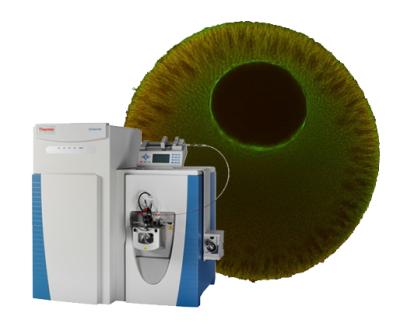Vertebrate Embryonic Cleavage Pattern Determination
Type
The pattern of the earliest cell divisions in a vertebrate embryo lays the groundwork for later developmental events such as gastrulation, organogenesis, and overall body plan establishment. Understanding these early cleavage patterns and the mechanisms that create them is thus crucial for the study of vertebrate development. This chapter describes the early cleavage stages for species representing ray-finned fish, amphibians, birds, reptiles, mammals, and proto-vertebrate ascidians and summarizes current understanding of the mechanisms that govern these patterns. The nearly universal influence of cell shape on orientation and positioning of spindles and cleavage furrows and the mechanisms that mediate this influence are discussed. We discuss in particular models of aster and spindle centering and orientation in large embryonic blastomeres that rely on asymmetric internal pulling forces generated by the cleavage furrow for the previous cell cycle. Also explored are mechanisms that integrate cell division given the limited supply of cellular building blocks in the egg and several-fold changes of cell size during early development, as well as cytoskeletal specializations specific to early blastomeres including processes leading to blastomere cohesion. Finally, we discuss evolutionary conclusions beginning to emerge from the contemporary analysis of the phylogenetic distributions of cleavage patterns. In sum, this chapter seeks to summarize our current understanding of vertebrate early embryonic cleavage patterns and their control and evolution.

